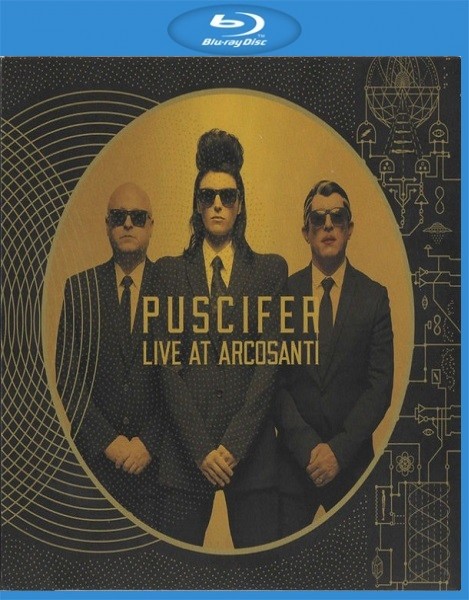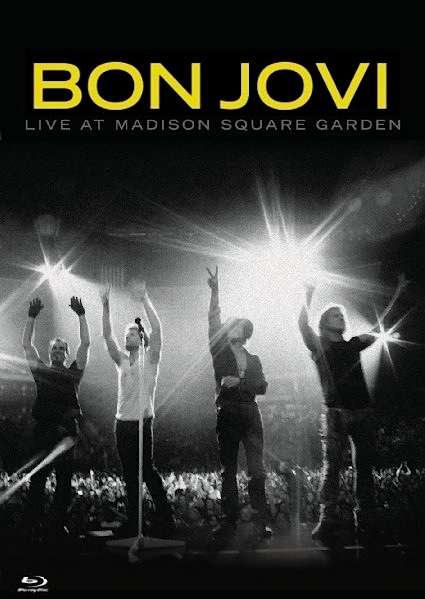![Paul Watkins, Huw Watkins - British Works for Cello and Piano Volume 1 (2012) [Official Digital Download 24bit/96kHz] Download](https://imghd.xyz/images/2022/09/12/ye9rq6uaa3lbb_600.jpg)
Paul Watkins, Huw Watkins – British Works for Cello and Piano Volume 1 (2012)
FLAC (tracks) 24 bit/96 kHz | Time – 01:09:56 minutes | 1,15 GB | Genre: Classical
Studio Masters, Official Digital Download | Digital Booklet, Front Cover | © Chandos
In the late nineteenth and twentieth centuries many British composers produced superb works for cello and piano, but few of these actually made their way into the general repertoire. Here we have four very different works by four very distinct musical personalities, performed by the cellist Paul Watkins, an exclusive Chandos artist, accompanied by his brother, Huw Watkins.
Composer: Charles Hubert Parry, Frederick Delius, Granville Bantock, John Foulds
Performer: Conductor] Paul [Cello Watkins, Huw Watkins, Paul Watkins
The sonata by Frederick Delius is the most widely known of the four pieces. Composed in a single, concise movement, it opens with a tune that sounds at one moment bold, and at the next wistful. The music progresses in the almost endless melodic flow so characteristic of Delius, before dissolving into a dream-like state, and finally, rising to a triumphant, full-hearted climax.
By the beginning of the 1900s, Sir Hubert Parry, as Director of the Royal College of Music, and patron of many musical institutions, was probably the most influential figure in British music. His Cello Sonata is a work of high romanticism, tempered by firm structural control and the organic development of themes – as befits a composer who had aspired (although unsuccessfully) to study with Brahms. The melodic language could in fact be described as Brahmsian, although Parry does not stringently imitate Brahms’s style, and in terms of structure, Parry’s strongly lyrical sonata owes little to the work which might have seemed a natural model – Brahms’s Sonata in E minor.
Sir Granville Bantock took much of his inspiration from distant and exotic shores. The term ‘Hamabdil’ refers to a hymn traditionally sung after the blessings said at the conclusion of the Jewish Sabbath. Bantock’s evocative elaboration of this traditional tune is austere and dignified, and originated in an entr’acte which was part of the incidental music that he had written for Arnold Bennett’s play Judith, premiered in London in 1919.
Out of the four composers on this album, only John Foulds was a professional cellist. His sonata is a big and bold work, romantically expressive and emotionally charged, with a complex structure in place, and virtuoso writing for both instruments. In fact, in this true duo-sonata, it is the pianist, not the cellist, who often has the harder task to perform.
Tracklist:
Charles Hubert H. Parry (1848-1918)
Sonata for Cello and Piano (1879-80, revised 1883) 26:31
in A major – in A-Dur – en fa majeur
To M. Jules Lasserre
1 I Allegro 10:56
2 II Andante sostenuto – [ ] – Tempo – Meno mosso – Adagio 8:46
3 III Maestoso – Allegro – Tempo ma poco più moto 8:48
Frederick Delius (1862-1934)
4 Sonata for Cello and Piano (1916) 13:10
in D major – in D-Dur – en ré majeur
For Beatrice Harrison
Allegro, ma non troppo – Lento, molto tranquillo – Tempo I
Granville Bantock (1868-1946)
5 Hamabdil (1919) 5:40
Hebrew Melody
in G minor – in g-Moll – en sol mineur
To Percy Hall
Andantino – Cadenza, ad lib. – Cantabile sostenuto –
Tempo I – Cadenza, a piacere – Più largamente – Lentando
John Foulds (1880-1939)
Sonata for Piano and Cello, Op. 6 (1905, revised 1927) 24:33
6 I Moderato quasi allegretto – [ ] – Tempo I – Calmo assai – 8:59
Tempo animato –
7 II Lento – [ ] – Come prima – [ ] – Come prima 8:02
8 III [Molto brioso] – Vivamente – Meno mosso – Tempo tranquillo – 7:29
Come prima – Meno mosso – Come prima. Tempo senza deviazione
69:58
Download:






![Sheila Jaffe, Huw Watkins – Lachrymae (Works by Franck, Britten and Elgar) (2022) [Official Digital Download 24bit/96kHz]](https://imghd.xyz/images/2022/12/22/acg7lsy8z5kec_600.jpg)
![Paul Watkins, BBC Philharmonic Orchestra, Martyn Brabbins – Scott: Concerto for Cello and Orchestra & Symphony No. 1 (2008/2022) [Official Digital Download 24bit/96kHz]](https://imghd.xyz/images/2022/12/16/b95i8as4afmdc_600.jpg)
![Paul Watkins, Huw Watkins – Paul & Huw Watkins Play American Works for Cello and Piano (2015/2022) [Official Digital Download 24bit/96kHz]](https://imghd.xyz/images/2022/12/16/ibbwwhgu78kya_600.jpg)
![Tamsin Waley-Cohen & Huw Watkins – Beethoven: Violin Sonatas Nos. 1, 5 & 8 (2020) [Official Digital Download 24bit/96kHz]](https://imghd.xyz/images/2023/10/12/vxxt8jxe1bccc_600.jpg)
![Tamsin Waley-Cohen, Huw Watkins – Bohemia (2017) [Official Digital Download 24bit/96kHz]](https://imghd.xyz/images/2023/10/12/0635212051023_600.jpg)
![Adam Walker & Huw Watkins – Shadow Dances, British Works for Flute (2023) [Official Digital Download 24bit/96kHz]](https://imghd.xyz/images/2023/06/10/ixjwebdpgmgab_600.jpg)
![Kerenza Peacock, Huw Watkins, Laura van der Heijden – Rodrigo Ruiz: Behold the Stars (2021) [Official Digital Download 24bit/96kHz]](https://imghd.xyz/images/2023/04/29/lky6a6z6r2lpa_600.jpg)
![Ruby Hughes & Huw Watkins – Echo (2022) [Official Digital Download 24bit/192kHz]](https://imghd.xyz/images/2022/12/18/cp5znaabdhe2b_600.jpg)